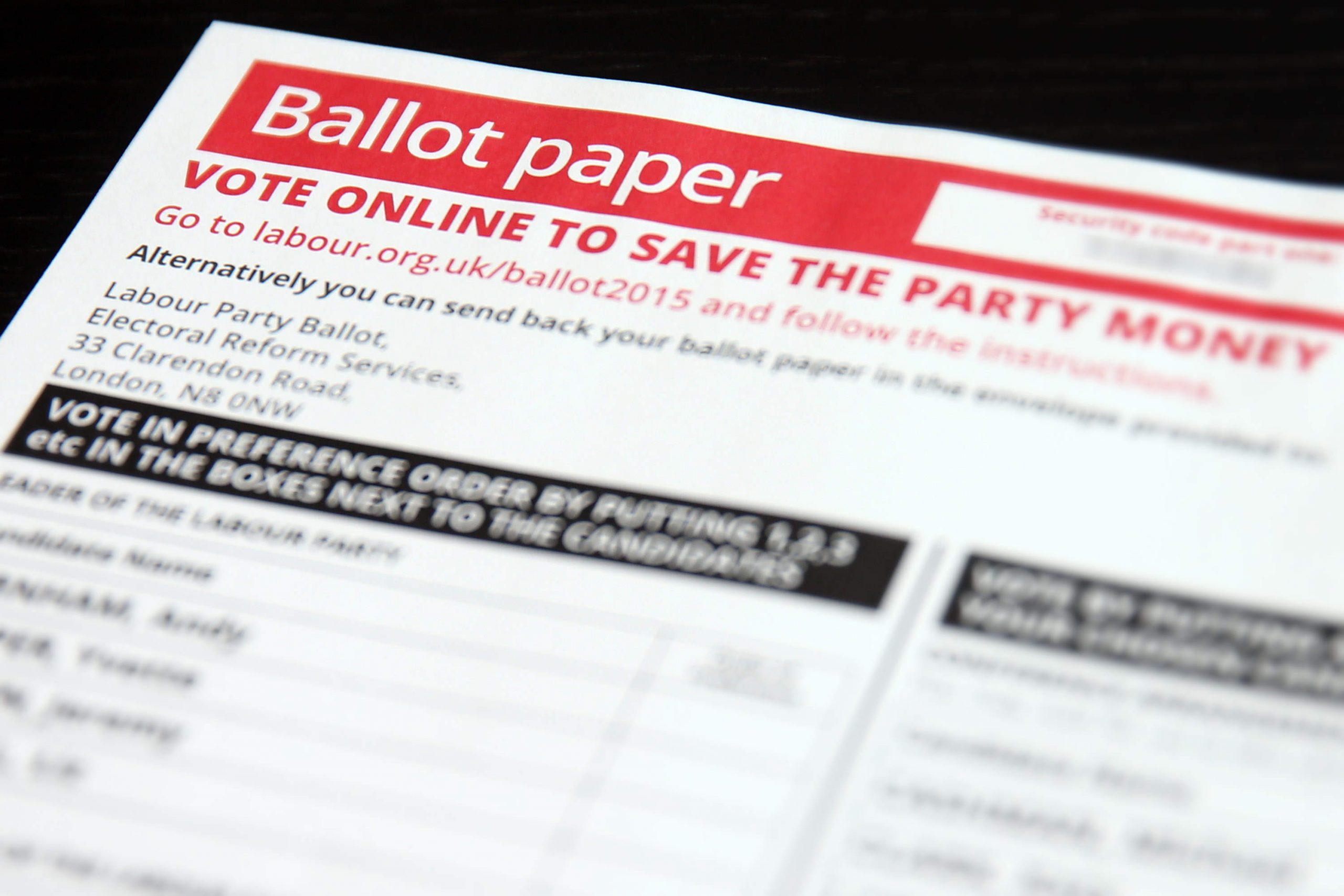
Is there still all to play for in the Labour leadership contest?
Some party insiders believe there is, having heard whispers following the bank holiday weekend that “tens of thousands” of eligible voters have yet to receive their ballot papers.
The voting process closes next Thursday (10 September), and today (1 September) is the day the Labour party suggests you get in touch if you haven’t yet been given a chance to vote.

The impression here is that most people allowed to vote – members, registered supporters, and affiliated supporters – should have received their voting code over email, or their election pack in the post, by now, and that it begins to boil down to individual administrative problems if they’ve received neither by this point.
But many are still reporting that they haven’t yet been given a chance to vote. Even Shabana Mahmood MP, shadow chief secretary to the Treasury, still hasn’t received her voting pack, as she writes on the Staggers, warning us not to assume Jeremy Corbyn will win. What’s more, Mahmood and her team have heard anecdotally that there are still “tens of thousands” who have been approved to vote who have yet to receive their ballot papers.
It’s important to remember that Mahmood is an Yvette Cooper supporter, and is using this figure in her piece to argue that there is still all to play for in the leadership race. Also, “tens of thousands” is sufficiently vague; it doesn’t give away whether or not these mystery ballot-lacking voters would really make a difference in an election in which around half a million will be voting.
But there are others in the party who have heard similar figures.
“I know people who haven’t received [their voting details] either,” one Labour political adviser tells me. “That figure [tens of thousands] is probably accurate, but the party is being far from open with us.”
“That’s the number we’ve heard, as of Friday, the bank holiday, and today – apparently it is still that many,” says another.
A source at Labour HQ does not deny that such a high number of people are still unable to vote. They say it’s difficult to work out the exact figures of ballot papers that have yet to be sent out, but reveal that they are still likely to be, “going out in batches over the next two weeks”.
A Labour press office spokesperson confirms that papers are still being sent out, but does not give me a figure: “The process of sending out ballot papers is still under way, and people can vote online right up to the deadline on September 10th.”
The Electoral Reform Services is the independent body administrating the ballot for Labour. They are more sceptical about the “tens of thousands” figure. “Tens of thousands? Nah,” an official at the organisation tells me.
“The vast majority will have been sent an email allowing them to vote, or a pack in one or two days after that. The idea that as many as tens of thousands haven’t seems a little bit strange,” they add. “There were some last-minute membership applications, and there might be a few late postal votes, or a few individuals late to register. [But] everybody should have definitely been sent an email.”
Considering Labour’s own information to voters suggests today (1 September) is the day to begin worrying if you haven’t received your ballot yet, and the body in charge of sending out the ballots denies the figure, these “tens of thousands” are likely to be wishful thinking on the part of those in the party dreading a Corbyn victory.





